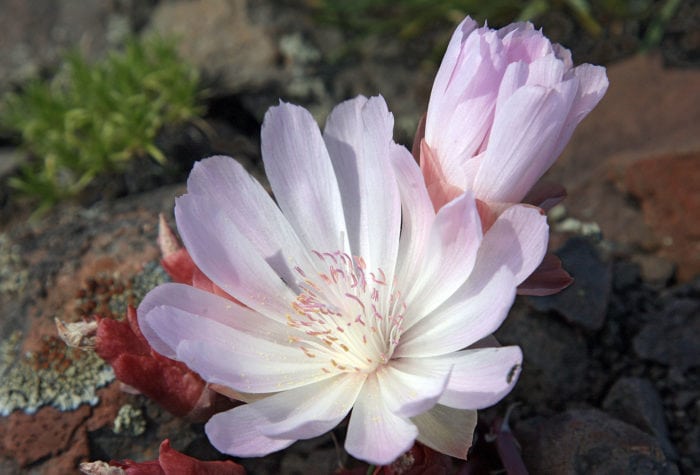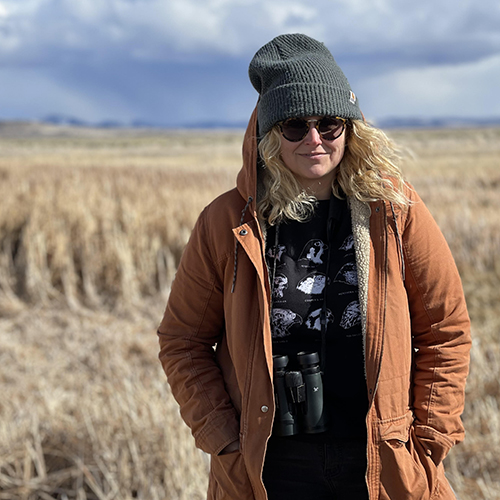Author: Tara Lemezis | Published Date: April 14, 2025 | Category: How-To
This article was originally published in The Source Weekly on April 9, 2025.
A guide to thoughtful wildlife photography in eastern Oregon’s high desert.
Eastern Oregon’s high desert is a land of striking contrasts — sunbaked plateaus meet rugged rimrock, deep canyons surround rushing rivers and green meadows and marshes thrive next to miles of sagebrush. It’s a place of untamed beauty, where wildlife moves with the seasonal rhythms of the land. Capturing compelling images here requires more than just a camera; it demands patience, respect and an understanding of the environment and the creatures that call this place home.
Get to Know Your Subject and Plan Your Scene
Every species has a rhythm and pattern to its movements. Understanding behaviors is key to capturing more than just a snapshot — it’s how you tell a story. What do they eat? Where do they prefer to spend their time? Some species favor open habitats, while others cling to the rocky edges of rimrock or find shelter in grassy floodplains. Wetlands provide refuge for waterfowl, while sagebrush houses elusive species like greater sage-grouse and sage thrasher. Observing their habits — when they feed, where they sing, when they’re most active and how they interact with their surroundings — makes it more likely you’ll capture a unique and intimate moment.
Taking time to connect with the land and respect its wildlife often leads to rewarding encounters. The more you blend in, the more likely animals will continue their natural behaviors in your presence, offering you the chance to document something truly special.
Observe, Be Patient and Give Wildlife Space
Wildlife photography isn’t about chasing an image; it’s about waiting for the right moment. Move quietly, watch intently and let the scene unfold. Birds and animals will often come closer if they don’t feel threatened. The more you respect their space, the more comfortable they become in yours.
This is especially critical during breeding and nesting seasons when disturbing wildlife can have serious consequences. Ethical photography means prioritizing the well-being of the subject over the shot. A telephoto lens can help you capture incredible detail without intruding, ensuring that the moment remains as natural as possible. Generally, a 200-500mm lens is all you need.

